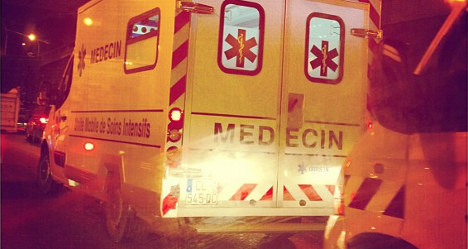The first weekend of the summer holidays was hit by tragedy when several people were left dead and numerous others injured in road accidents across the country.
On Friday, Interior Minister Manual Valls announced that 13,000 traffic police would be on duty over Saturday and Sunday and he asked drivers to show “prudence” on the roads, which were expected to be chock-a-block as holidaymakers headed out of the big cities in search of the sun.
But despite Valls’s efforts, the great summer getaway witnessed several fatal accidents.
In one of the most serious incidents over the weekend, a crash involving three vehicles on the RN 171 road in the western Loire-Atlantique region, left two dead and 11 injured. The cause of the accident has not been determined.
On Saturday a couple, aged in their 70s, who were driving the wrong way down the RN10 in the Vienne department of western France, were killed in a head-on collision with another vehicle.
And two women died overnight on Saturday in the town of Bormes-les-Mimosas, in the Var region of southern France, after the car they were driving in collided with a police vehicle. Two officers and a third passenger were left injured.
In the Paris region a driver who was pushing his car along the hard shoulder of the N104 motorway was killed when he was hit by another vehicle.
In other fatal incidents over the weekend a 23-year-old motorcyclist was killed when he lost control of his bike near the town of Vaux-le Penil in the Paris region, and a mother was left dead and four others injured in an accident in the town of Juilly, Ile-de-France.
On Sunday morning in the Loir-et-Cher department in central France, a bus from Belgium that was carrying a group of teenagers came off the road and plunged into a ditch. Thankfully there were no fatalities although ten passengers were slightly injured.
In recent months the French government has taken a number of measures to try to cut the number of road deaths including upping the number of speed cameras on roads as well as introducing mobile speed radars, which police say are virtually undetectable.



 Please whitelist us to continue reading.
Please whitelist us to continue reading.
Member comments